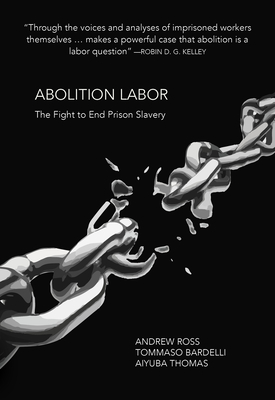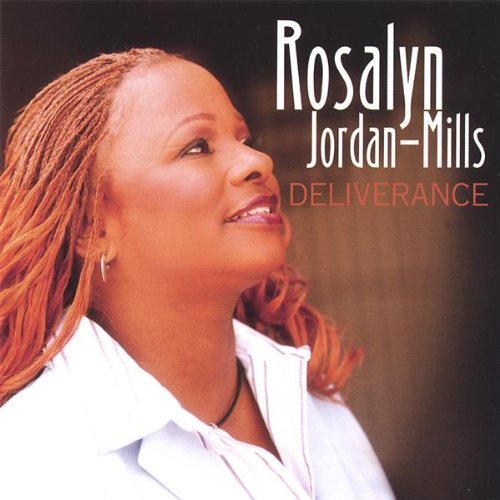
Incarcerated people work for penny wages (15 cents an hour is not unusual), and, in several states, for nothing at all, as cooks, dishwashers, janitors, groundskeepers, barbers, painters, or plumbers; in laundries, kitchens, factories, and hospitals. They provide vital public services such as repairing roads, fighting wildfires, or clearing debris after hurricanes. They manufacture products like office furniture, mattresses, license plates, dentures, glasses, traffic signs, garbage cans, athletic equipment, and uniforms. And they harvest crops, work as welders and carpenters, and labor in meat and poultry processing plants.
Abolition Labor provides a wealth of insights into what has become a vast underground economy. It draws connections between the risky trade forced on prisoners who hustle to survive on the inside and the precarious economy on the outside. And it argues that, far from being quarantined off from society, prisons and their forced work regime have a sizable impact on the economic and social lives of millions of American households.







